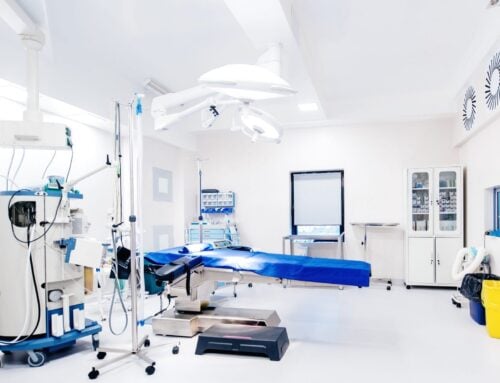The major renovation of a facility or the construction of a new one can be a tedious process. Engineers, architects, contractors, and designers are on the immediate payroll, but very few people would think of hiring a transition planning expert. Chances are, most people do not even know what these professionals do and why they would be needed for the project in the first place.
In a major construction or renovation job, the most important aspect is not whether you were able to stay within the budget or whether the job was completed in time. Rather, the biggest concern is whether it allowed your facility to resume operations smoothly and efficiently. Unfortunately, not a lot of administrators in the healthcare industry plan for the transition until it’s too late.

How Transition Planning Works
Are you gearing up for a renovation or perhaps a demolition? By acquiring the services of a transition planning team, facility administrators need not worry about inventory and move out of their building equipment. Planners ensure that detailed inventories and scheduled transfer of equipment are done properly and safely before the construction firm comes in.
When construction work is done, ensuring that the staff, equipment, and the new space is fully functional is another function of a transition planning professional. Aside from orienting and providing training coordination, the transition planning team can help prepare staff in performing their day to day duties with ease. Simply put, they identify any gaps in the system and fill them in.
Implementation of Transition Planning
Whenever a transition planner is tasked to do a job, they begin with identifying the main goals. The schedule, detailed checklist, and budget is developed. This is done to make sure that no stone is left unturned and all aspects of the job are executed correctly. Next, workgroups are created to specifically handle tasks along with the implementation of the training as part of the operations planning phase.
Procurement of supplies and tracking orders and shipments from vendors must also be coordinated. Similarly, planners are tasked with ensuring that all existing equipment is relocated and stored safely until it is ready to be installed. It also goes without saying that the assessment of the site and readiness of the staff also falls within the realm of transition planning.
Communication Is Key
Critical coordination with all the teams involved and with the end-user is paramount in order to have successfully implement a transition plan. More importantly, communicating with the right people during the course of the project creates a proper sense of teamwork.
This effectively breaks down any conventional barriers between departments. It strengthens and engages the entire healthcare facility to imbibe a sense of purpose and direction. With open lines of communication in place, teams become more structured, which leads to the success of the transition.
Final Thoughts on Transition Planning
The worst thing you can do is to underestimate the overall benefits that transition planning can do for the sourcing, delivering, installation, and testing of equipment and in the training of the workforce. The buildout of a tracking database for procurement, dynamic communication with the vendors, furnishing of receipt and delivery for the warehouse to the site, and close organization with the associated departments can help you sustain ample control of the new assets.
Additionally, it helps ensure that they are properly delivered and activated correctly in the new space. At the end of the day, a good communication plan and an established transition planning team will help ensure that the entire process of transition is executed flawlessly.
VOC Associates Will Help You Transition
VOC Associates has a team full of experienced professionals. We’ve set up equipment for several, various facilities of all sizes. Visit our website or call (216) 279-5340 today!







